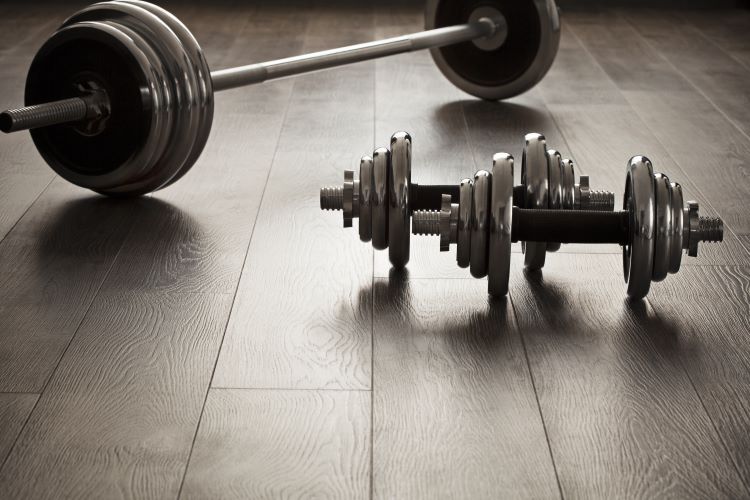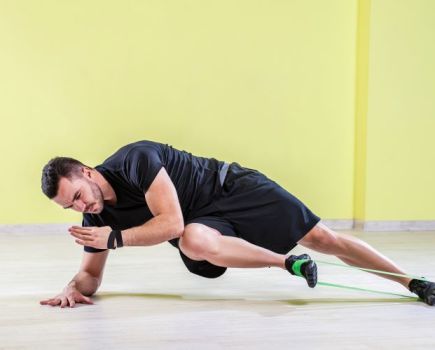We talk a lot about the benefits of these key pieces of fitness kit, but when it comes to dumbbells vs barbells, which is the best choice for you?
When you’re looking to get serious with your home gym set-up, the first step is usually to consider one of the best adjustable dumbbells or fixed dumbbell sets. Likewise when we go to the gym for strength sessions, we tend to gravitate towards dumbbells, because it’s what we know. But before you do, it might be worth considering the dumbbell vs barbell debate, to see which is right for you.
Dumbbells vs barbells
Here’s what James Staring, founder and lead fitness coach at Fit to Last, says about dumbbells vs barbells:
When it comes to resistance training, a common dilemma is choosing between dumbbells and barbells. While both dumbbells and barbells are effective for achieving your health and fitness goals, here are three areas to consider.
Practicality
Both dumbbells and barbells are versatile tools for full-body workouts. But dumbbells offer the additional advantage of being more practical to use regardless of space compared to barbells.
Once you’ve chosen the dumbbells you’ll be using, you can complete an excellent full-body dumbbell workout in a relatively small area. A barbell requires a much larger area owing to the length of the barbell, as well as the rack required to use it correctly and safely.
Technical proficiency
If you’re new to resistance training, dumbbells are an excellent way to perfect your form under less load without risking injury.
Dumbbells can start at 4.4lb / 2kg, whereas an Olympic bar alone is 44.1lb / 20kg. So, as you learn to lift weights, you can progress and improve your form in a safer and more incremental way using dumbbells.
Think of barbells as the next stage in your development once you’ve mastered your lifting form using dumbbells.
Workout quality and safety
One of the advantages of dumbbells vs barbells is muscular imbalances can be quickly identified using dumbbells (muscular imbalances are when one side of your body is stronger than the other).
Because you have a dumbbell in each hand, you’ll be able to see if one side struggles more than the other (think of pressing weight over your head, and your left arm doesn’t lift quite as quickly as your right arm).
In this case, you can adjust your programme to strengthen your weaker side until it’s symmetrical with your stronger side.
With barbells, sometimes these imbalances can be more difficult to spot, and left unattended can lead to injury. So, unless you know that you’re equally strong on both sides, by using dumbbells you’ll progress more safely and ultimately faster because any strength imbalances can be spotted and corrected.
Choosing between dumbbells and barbells
Both dumbbells and barbells are excellent tools to achieving a strong, lean physique. If you’re new to resistance training, start with dumbbells and master your form with the best dumbbell exercises (i.e. squat, deadlift and press).
As you improve your form and confidence in these areas, barbells are an excellent way to take your resistance training to the next level. You can increase the weights you’re lifting and increase your explosive speed and power by incorporating the barbell.







